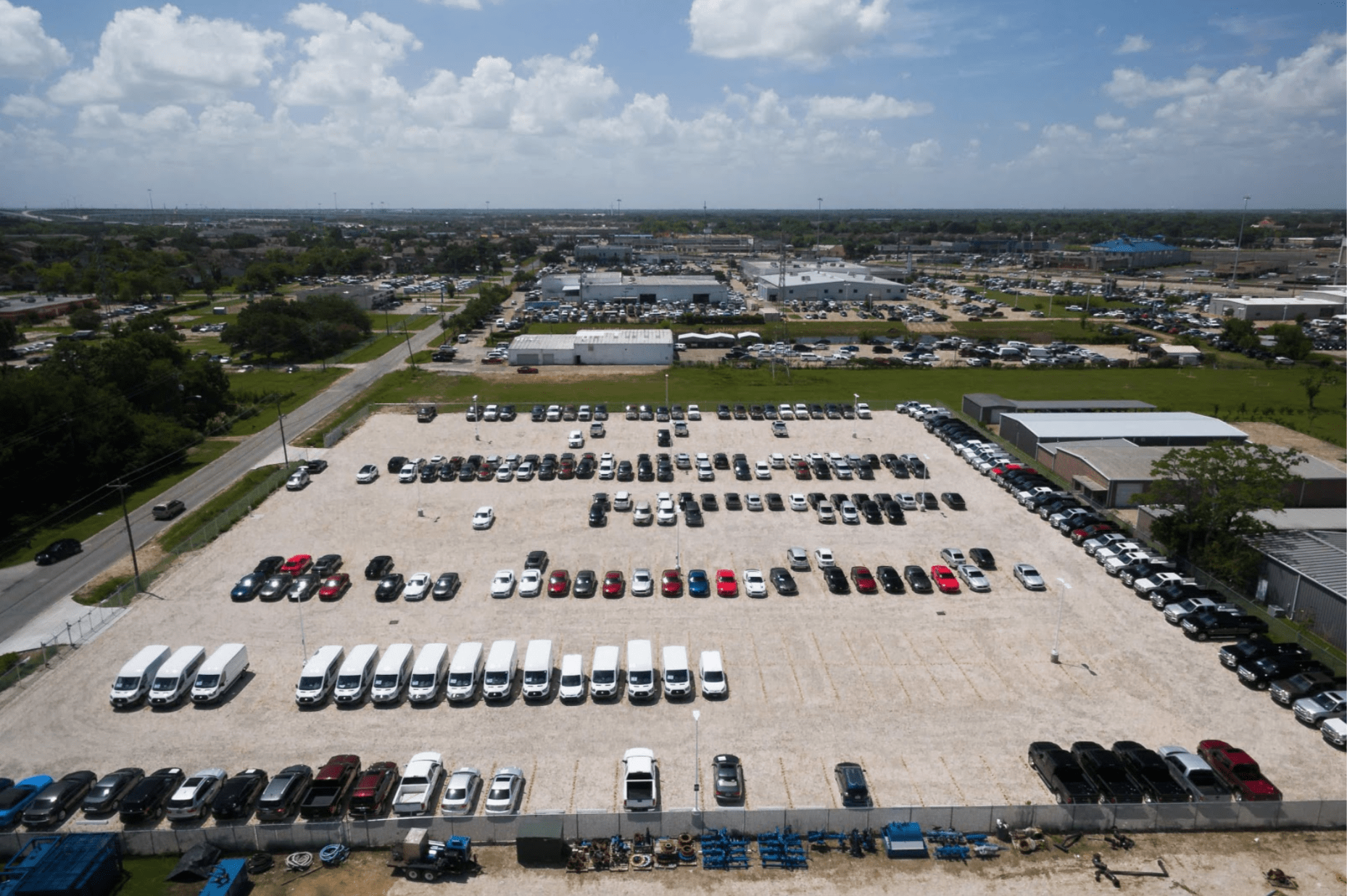
If you need to build a commercial parking lot, it has to meet a set of standards to comply with local codes and function as you need it to. Depending on the size of your lot and how much/what kind of traffic you expect it to see on a daily basis, there are a number of ways you can ensure that it performs up to standard.
In case you’re about to build a commercial parking lot, let’s go over some factors to consider to make sure it abides by local codes and ordinances while also providing you with the highest possible level of functionality and value.
Drainage
All commercial parking lots need to be able to drain a certain amount of water per hour, which ensures they can handle the maximum level of rainfall, should it occur. Without proper drainage, the lot might contribute to flooding in adjacent properties or put an undue burden on the local water system.
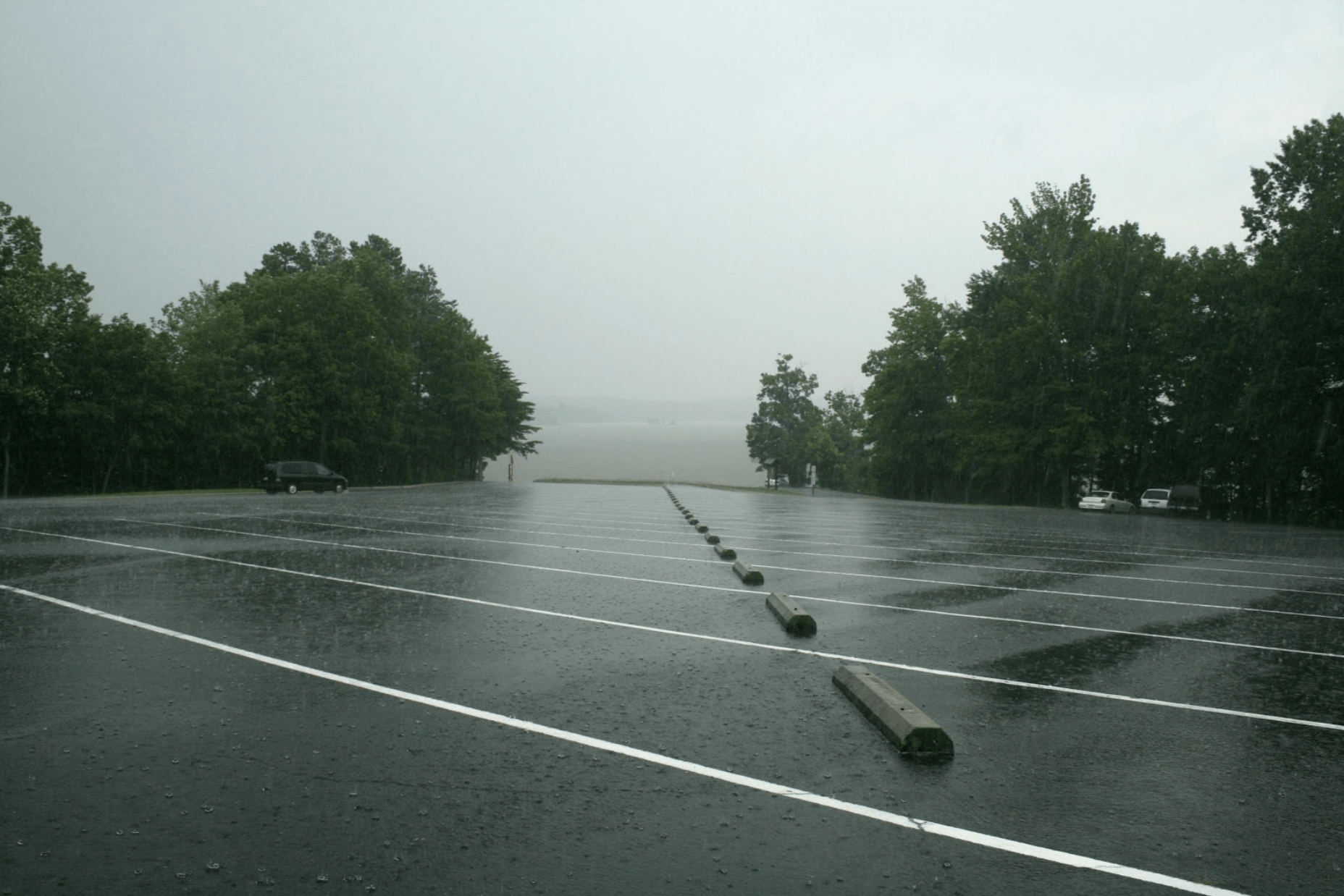
For impermeable materials like concrete and asphalt, this generally means building the parking lot with at least a 2% slope toward a storm drain or other drainage outlet. One way to avoid having to slope your parking lot, however, is to build it with TRUEGRID permeable pavers.
These pavers are 100% permeable, so all stormwater will drain directly through them. They are also guaranteed to meet local codes wherever you are because they can drain water at up to 1,000 inches per hour. A permeable paver lot from TRUEGRID will also drain over the entire surface of the lot, rather than the designated inlet areas in asphalt or concrete lots.
Stormwater Detention
Not only does a commercial lot need adequate drainage, it also requires a stormwater detention area. For asphalt and concrete lots, this means designating part of the parking lot for this stormwater detention, which sacrifices square footage that could be used for more parking spaces.
With TRUEGRID permeable pavement, however, the stormwater detention pond is built into the parking lot. Storm water will drain into and be held in the base rock and filled gravel. So, the detention pond is located underneath the parking lot and doesn’t require sacrificing any of the square footage of the lot.
Strength
Depending on what kind of traffic you expect your commercial lot to see on a regular basis, your lot will need to meet certain strength requirements. Asphalt is too fragile to handle traffic that exceeds certain weight limits, especially on hot days.
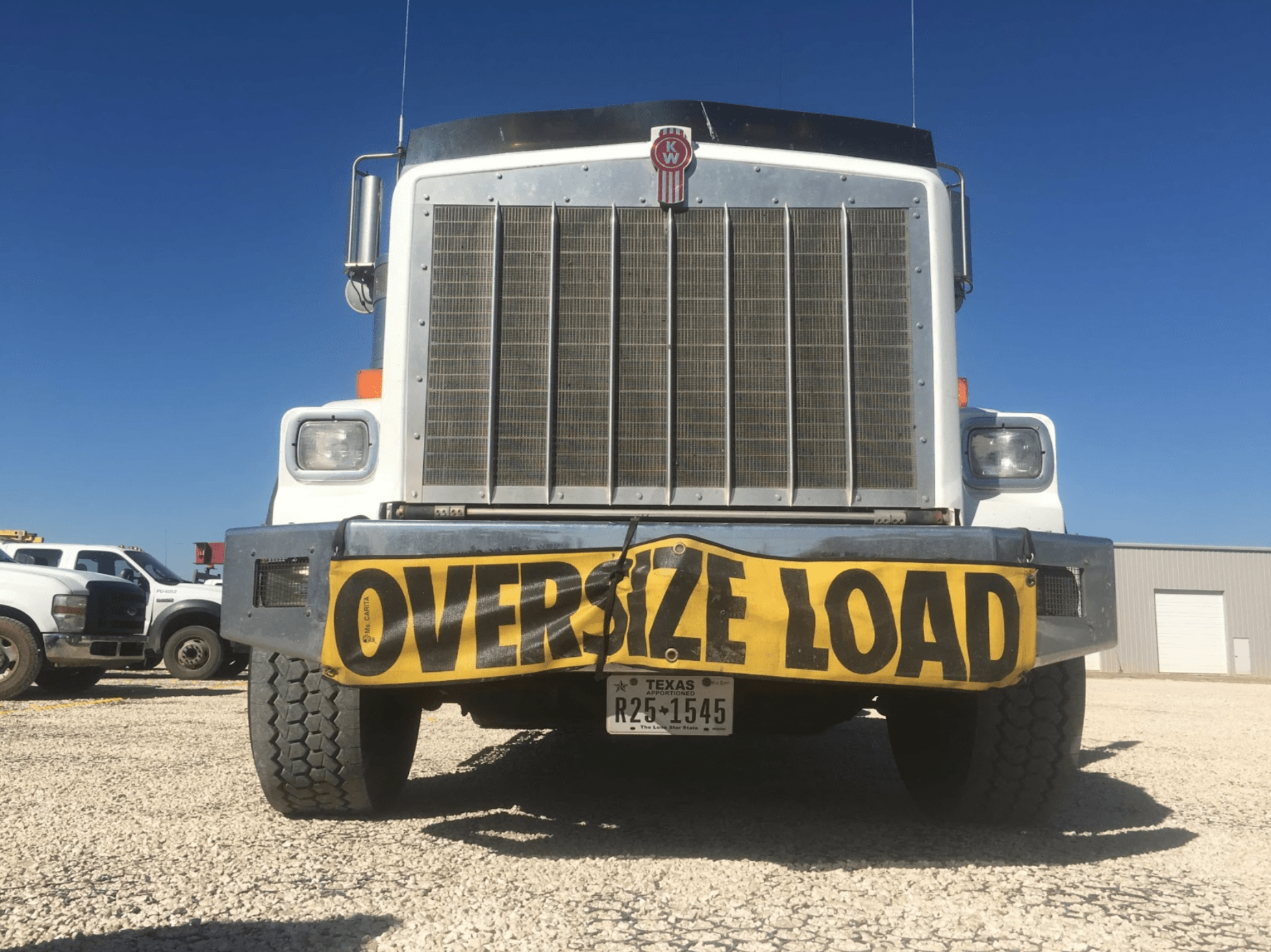
Concrete and plastic permeable pavement, on the other hand, are viable options for handling much heavier loads. TRUEGRID permeable pavement has even been proven to handle loads of over 8,000 psi when filled with aggregate.
Striping
Striping allows for greater space utilization and parking capacity for your parking lot. Local ordinances may dictate that commercial lots include striping for safety reasons. With asphalt or concrete, this means painted lot lines that require regular re-painting to stay visible. With TRUEGRID SuperSpot markers, however, you can fully maximize your parking capacity and meet local safety standards without ever having to re-paint your lot lines.
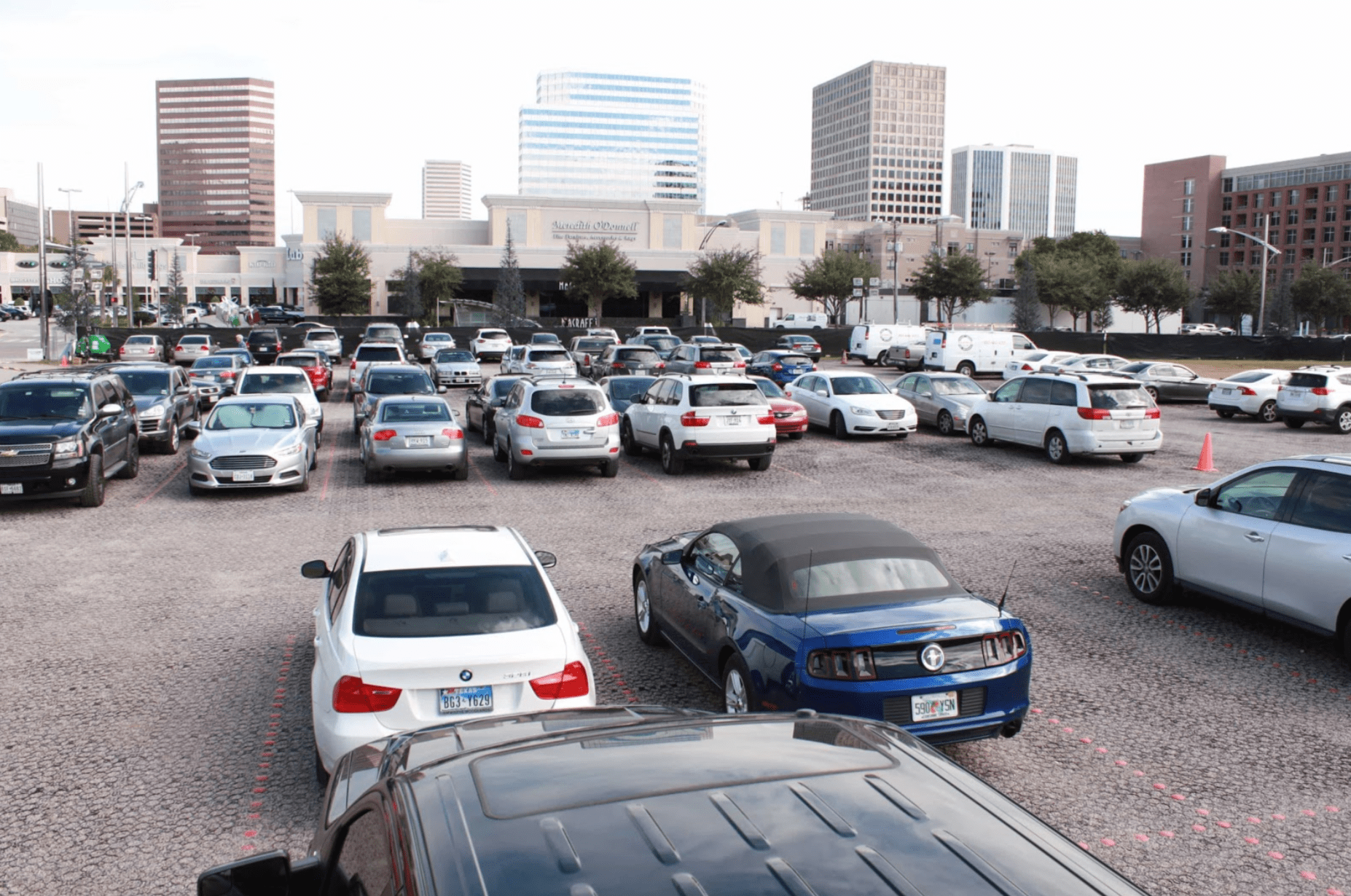
SuperSpot markers snap into place in seconds and can even be moved and rearranged to create directional lines or patterns when necessary. For additional safety and visibility, SuperSpot reflectors can be added to the ends of lines as well.
Longevity and Low-Maintenance Requirements
Technically, all you have to do as a commercial lot owner is meet local standards. If you want to exceed local standards and achieve the highest level of cost-effectiveness and functionality, however, TRUEGRID permeable pavement is one way to do that.
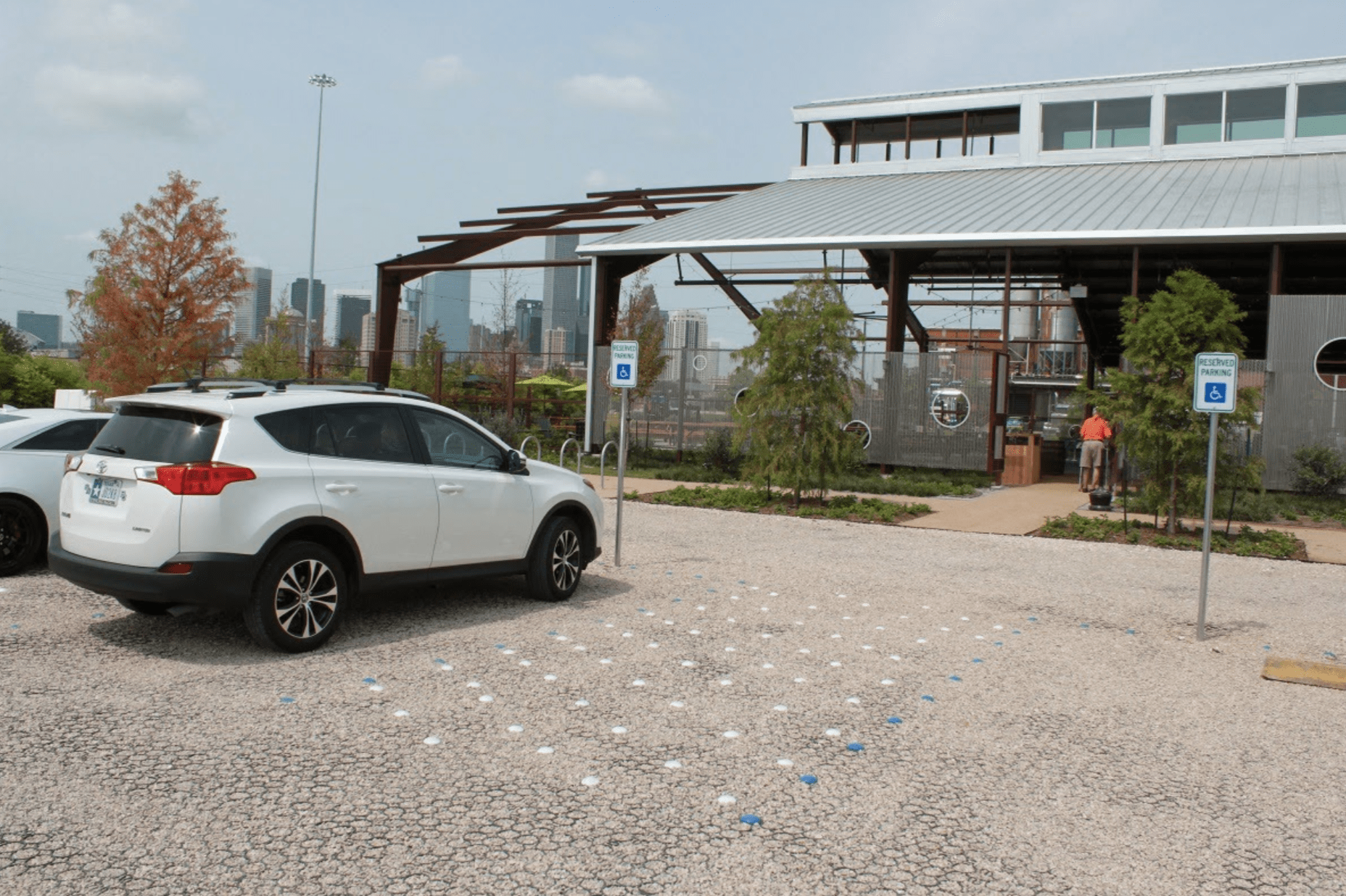
TRUEGRID permeable pavement requires the least maintenance of any parking lot material, meaning you can essentially “set it and forget it.” They are also incredibly easy to install, costing less than almost any other material and taking far less time as well.
Exceed Standards and Slash Costs with TRUEGRID Permeable Pavement
It’s one thing to meet local standards and codes when it comes to laying a commercial lot, but if you want to exceed standards, maximize your land use and parking capacity, and cut your costs, TRUEGRID permeable pavement is the best way to do so.
The installation time and cost is incredibly low because building a TRUEGRID permeable paver lot is as simple as snapping together LEGO blocks. Unlike asphalt and concrete, it requires no cure time and can even be done in a DIY fashion.
Even for commercial lot contractors who are new to TRUEGRID products, getting up to speed is as simple as reading the TRUEGRID 3-step guide. Not only is installing a TRUEGRID lot faster and typically more cost-effective than asphalt or concrete, it’s also more durable and requires less maintenance while also being much more eco-friendly.
Taking all of these factors into account, it’s safe to say that there’s no better or more cost-effective way to not only meet but also exceed local standards than by building your commercial parking lot with TRUEGRID products.
Contact a team member at TRUEGRID for a custom quote for your commercial parking lot.



